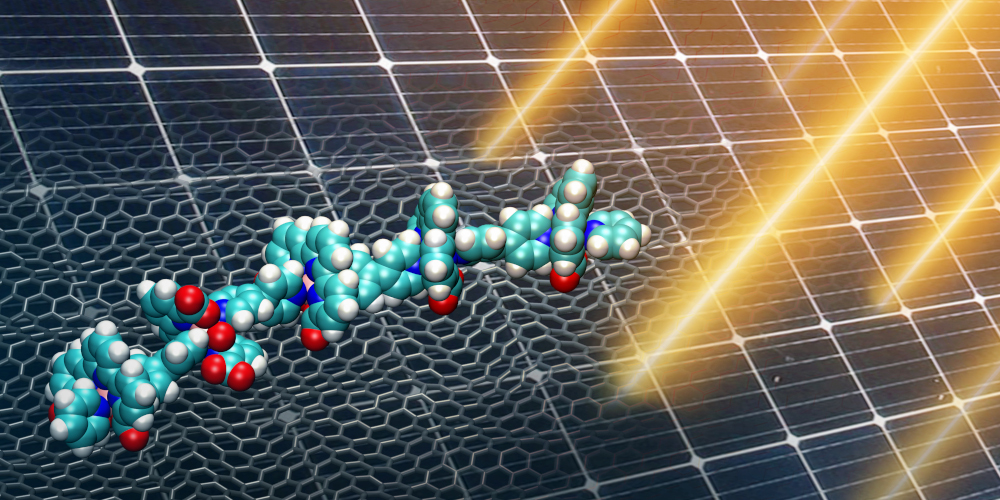Energy

Conversion of energy from one form to another requires fundamental understanding of the chemical and photochemical processes involved. In artificial photosynthetic systems, solar energy is used to convert low energy compounds, such as water and carbon dioxide, to high energy substances including hydrogen, carbon monoxide, alcohols or hydrocarbons. We develop and use classical and quantum methods to study the catalytic processes of the conversion of the energy in light to chemical energy, at molecular catalyst in solution, at surfaces, and in advanced materials such as metal organic frameworks (MOFs). The dynamical nature of the catalyst during the catalytic cycle is highly complex in real multicomponent systems, but also crucial to understand. Our recent focus is on accurately describing the key steps with all the necessary complexity of the simulation intact.
Solar cells involve absorption of light, leading to separation of charges that can be used in electrical devices. The light absorbing properties of molecules and nanoparticles are modelled to understand the key properties required for efficient lossless light induced charge separation.
